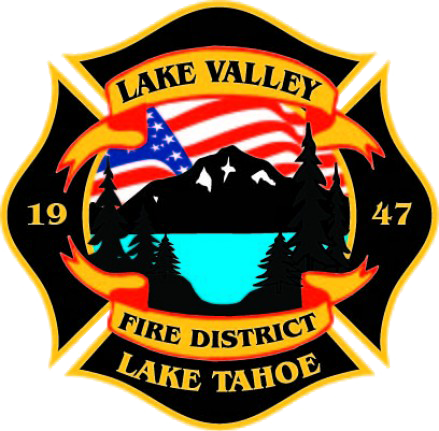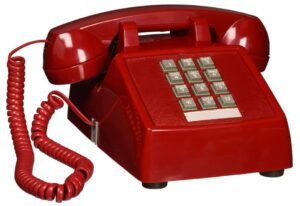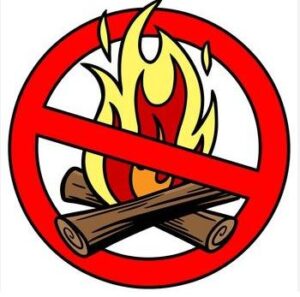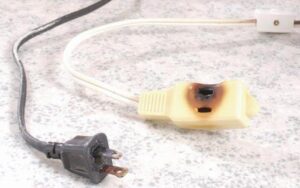The Lake Valley Fire Protection District (LVFPD) provides Vacation Home Rental (VHR) Safety Inspections in compliance with Article 56 of Title 5 of the El Dorado County (EDC) Ordinance Code. For complete information on VHR inspections in El Dorado County, visit El Dorado County website https://www.edcgov.us/Government/planning/vhr. A vacation home rental means one dwelling unit, including either the primary single-family home, one unit of a duplex, or a single condominium unit, rented for the purpose of overnight lodging for a period of not less than one night and not more than 30 days other than ongoing month-to-month tenancy granted to the same renter for the same unit.
The LVFPD does not inspect a VHR until El Dorado County has approved it for a Fire inspection. VHR property owners/managers may schedule an inspection once approved to do so by the County. Once the owner or authorized agent is notified that their property is ready for inspection, the inspection must take place within 30 days.
The LVFPD provides the following Q&A to help VHR owners and authorized representatives comply with the Ordinance Code and Requirements. To ensure success, please make every effort to have all the requirements in place prior to a 1st inspection. A failed inspection past 30 days will result in a suspended permit.
Appointments are available Monday through Thursday. Schedule an inspection here.
VHR FAQ’s
What are the interior sign and notification requirements?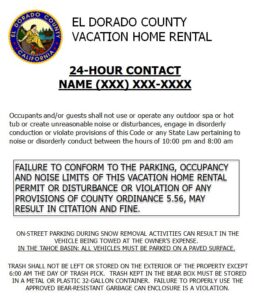
A copy of the permit and a copy of the conditions shall be posted in a conspicuous place within the vacation home rental. Additionally, each vacation home rental shall have a clearly visible and legible notice posted within the unit on or adjacent to the front door, containing the following information:
- The name of the managing agency, agent, property manager, local contact, or owner of the unit, and a telephone number at which that party may be reached on a 24-hour basis;
- The maximum number of occupants permitted to stay in the unit;
- The number and location of on-site parking spaces and the parking rules for seasonal snow removal;
- The trash pickup day and notification that trash and refuse shall not be left or stored on the exterior of the property except from 6:00 p.m. of the day prior to trash pickup to 6:00 p.m. on the day designated for trash pickup and that failure to utilize the provided bear-resistant garbage can enclosure, unless otherwise exempted, is a violation of this chapter;
- Notification that occupants may be cited and fined for creating a disturbance or for violating other provisions of this chapter;
- Notification that failure to conform to the parking and occupancy requirements of the structure is a violation of this chapter;
- Notification if the source of drinking water at the vacation home rental is not a public water system
- Notification that occupants and/or guests of the vacation home rental shall not use or operate any outdoor spa or hot tub or create unreasonable noise or disturbances, engage in disorderly conduct, or violate provisions of this Code or any State law pertaining to noise or disorderly conduct between the hours of 10:00 p.m. and 8 :00 a.m.
What are the exterior sign requirements?
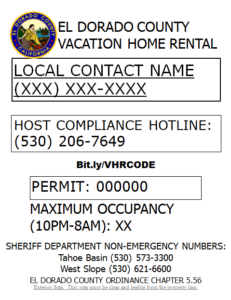 Each vacation home rental shall have signage posted on the property that is clearly visible and legible from the property line, containing the following information:
Each vacation home rental shall have signage posted on the property that is clearly visible and legible from the property line, containing the following information:
- The vacation home rental permit number
- The name of the local contact and a telephone number at which that party may be reached on a 24-hour basis;
- The maximum number of occupants permitted to stay in the unit;
- All signage shall comply with font and size requirements established by County
Yes! Landlines are required due to spotty cell service at high impact times and code red notifications will go to the house, they will not go to their cell phones due to them being from out of the area and most likely not registered with code red.
Is a solid fuel (wood) campfire pit allowed?
No!
Is a propane pit allowed?
Yes. A written owner permission statement must be posted inside the property and the renter must obtain, prior to use, a campfire permit from CALFIRE. Permits are available online at https://preventwildfireca.org/permits/. Outdoor propane fire pits shall be limited to three feet in diameter, located on a non-combustible surface, covered with fire screens, and located no closer than within 25 feet of a structure or combustible material. Open flame of any kind is prohibited during Red Flag weather conditions.
Is a BBQ allowed?
BBQs can be propane, natural gas, or pellet. Charcoal briquette BBQs are not allowed. All BBQs (open flames) are prohibited during Red Flag weather conditions.
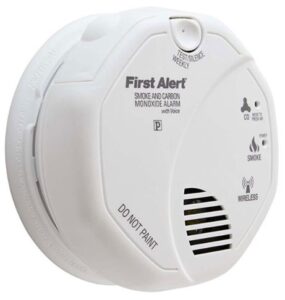 Where should smoke alarms and carbon monoxide detectors be located?
Where should smoke alarms and carbon monoxide detectors be located?
One smoke detector is required in every bedroom or sleeping area and in living or great rooms. Smoke detectors should be located on or near the ceiling.
Carbon monoxide (CO) detectors shall be placed at knee level or the height of electrical outlets. One CO detector is required per floor. Some smoke detectors include carbon monoxide alarms; these are okay placed at ceiling level.
What type and size of fire extinguisher is required?
The 2A 10BC rated (or higher) Fire Extinguisher is required. We require a minimum of 1 per floor, one in the kitchen area, mounted or enclosed with a sign designating “Fire Extinguisher”. Portable fire extinguishers should be installed within 75 feet of each other. Evidence of an annual inspection by a qualified professional is also required. We also recommend a portable fire extinguisher in the garage.
My home has a residential sprinkler system, does it need an inspection?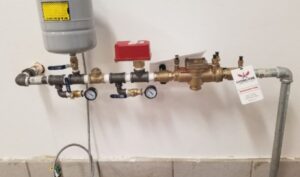
Yes, the South Tahoe Public Utility District requires a back flow test annually, documentation of test should be provided. We will check the riser gauge, typically in the garage or basement. We check that the system is pressurized and document the pressure on the form. We check that all sprinkler heads have the required head cover.
No, extension cords are not allowed as permanent wiring for lights or appliances. Surge protectors and power strip bars are acceptable when used appropriately.
What ‘Bear-Proof’ trash receptacle is required?
 All new and existing vacation home rentals shall meet the following minimum bear-proof garbage can enclosure capacity requirements:
All new and existing vacation home rentals shall meet the following minimum bear-proof garbage can enclosure capacity requirements:
- Residential units less than 2,500 square feet shall install and maintain a minimum of one bear-proof garbage can enclosure capable of holding two 32-gallon plastic or metal garbage cans;
- Residential units 2,500 to 3,500 square feet shall install and maintain a minimum of one or more bear-proof garbage can enclosure(s) capable of holding three 32-gallon plastic or metal garbage cans; and
- Residential units greater than 3,500 square feet shall install and maintain a minimum of one or more bear-proof garbage can enclosure(s) capable of holding four 32-gallon plastic or metal garbage cans.

What are the bedroom window requirements?
Bedrooms shall have at least one operable window or door approved for emergency escape or rescue that opens directly into a public street or yard. The emergency door or window shall be operable from the inside to provide a full, clear opening without the use of separate tools. Escape or rescue windows shall have a minimum net clear openable area of five and seven-tenths square feet. The minimum net clear openable height dimension shall be 24 inches. The minimum net clear openable width dimension shall be 20 inches. When windows are provided as a means of escape or rescue, they shall have a finished sill height not more than 44 inches above the floor. Homes built in 1976 or earlier comply if the window sill height does not exceed 48 inches, the openable area is at least five square feet and no openable dimension is less than 22 inches.
What are the bedroom ceiling height requirements?
Bedrooms shall have a ceiling height of not less th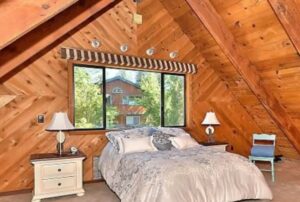 an seven feet six inches, except as provided in this section. When exposed beam ceiling members are spaced at 48 inches or more on center, ceiling height shall be measured to the bottom of the deck supported by these members, provided that the bottom of the members is not less than seven feet above the floor. If any room has a sloping ceiling, the prescribed ceiling height for the room is required in only one-half of the area thereof. No portion of the room measuring less than five feet from the finished floor to the finished ceiling shall be included in any computation of the minimum area thereof. If any room has a furred ceiling, the prescribed ceiling height is required in two-thirds area thereof, but in no case shall the height of the furred ceiling be less than seven feet.
an seven feet six inches, except as provided in this section. When exposed beam ceiling members are spaced at 48 inches or more on center, ceiling height shall be measured to the bottom of the deck supported by these members, provided that the bottom of the members is not less than seven feet above the floor. If any room has a sloping ceiling, the prescribed ceiling height for the room is required in only one-half of the area thereof. No portion of the room measuring less than five feet from the finished floor to the finished ceiling shall be included in any computation of the minimum area thereof. If any room has a furred ceiling, the prescribed ceiling height is required in two-thirds area thereof, but in no case shall the height of the furred ceiling be less than seven feet.
